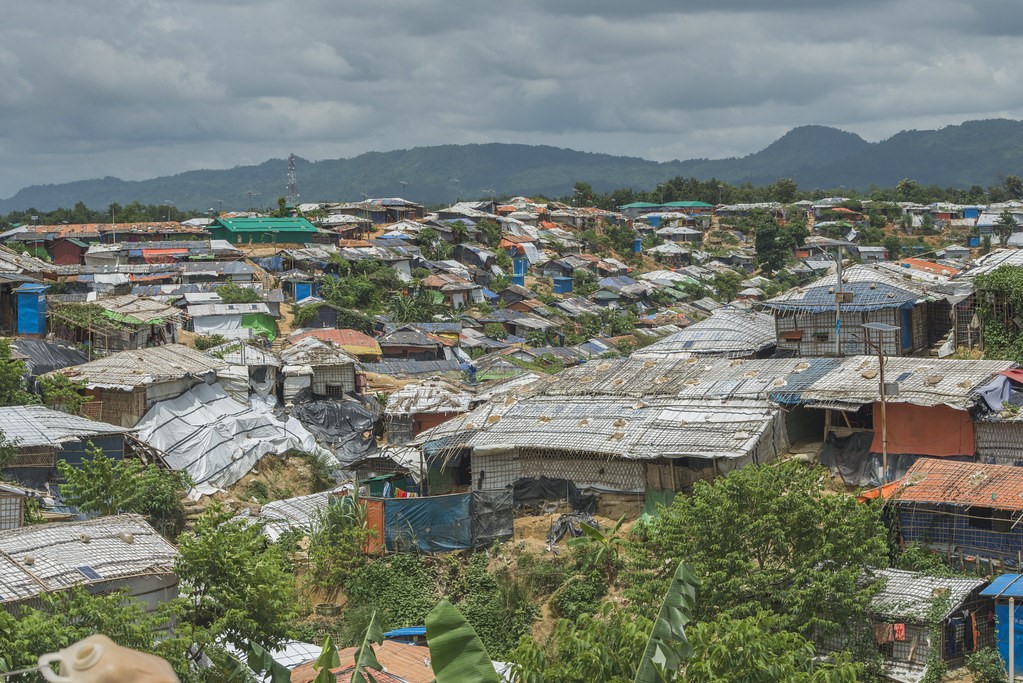
The Rohingya are a Muslim ethnic minority who have lived in predominantly Buddhist Myanmar, for centuries. Despite having lived in Myanmar for many generations, the Rohingya have been denied citizenship and are not recognised as an official ethnic group, making them the world’s largest stateless population. In August 2017, armed attacks, widespread violence, and grave human rights violations forced thousands of Rohingya to flee their homes in Myanmar’s Rakhine State.
My family and I were moved when we saw the Rohingya flee to Cox’s Bazar, a city so close to our hometown in Bangladesh. We knew right away what to do: we raised funds, donated clothing, and prayed for the people’s suffering to end. We watched updates on the crisis and humanitarian aid advertisements as we scrolled through the news channel, and how they struggled to meet the demands of Kutupalong and Nayapara, the world’s largest refugee camps of today.
It is hoped that this soundscape will serve as a narrative of Rohingya refugees as reported in international headline news from 2017 to 2022. It is intended to sound like you are scrolling between news channels and hearing of the hardships and emotions of the Rohingya that have been marginalised and dehumanised in multiple ways by both Myanmar and Bangladesh. I also felt it was important to point out the limitations of international humanitarian aid. Throughout the five years, the Rohingya refugees have endured a plethora of traumatic experiences, including military attacks, the construction of makeshift shelters, and a lack of basic necessities like food, water, medicine, and aid. The Rohingya fear being sent to Bhasan Char, a small island off the coast of Bangladesh that is vulnerable to cyclones and flooding. The tragedy of it all is that Rohingya refugees have been forced to face displacement in both Bangladesh and Myanmar since they are considered non-citizens to both countries.